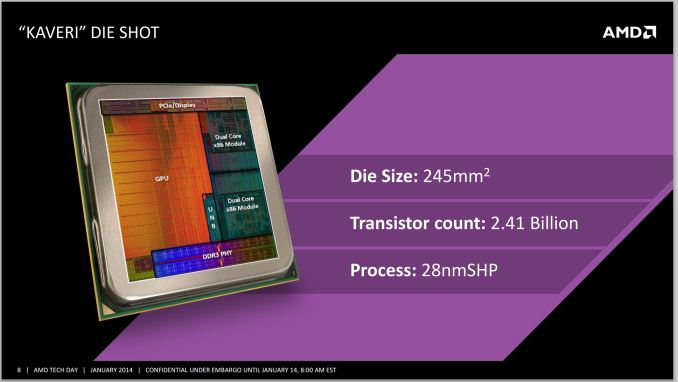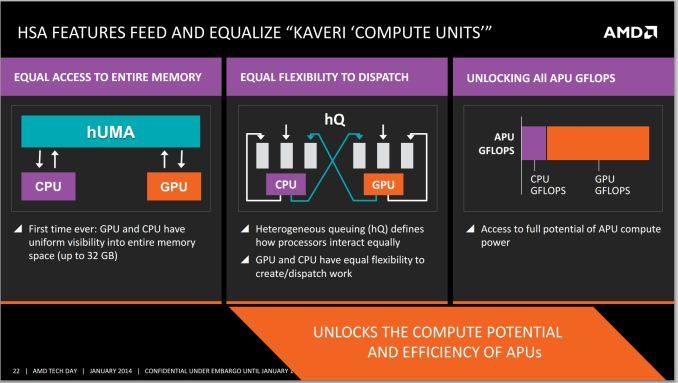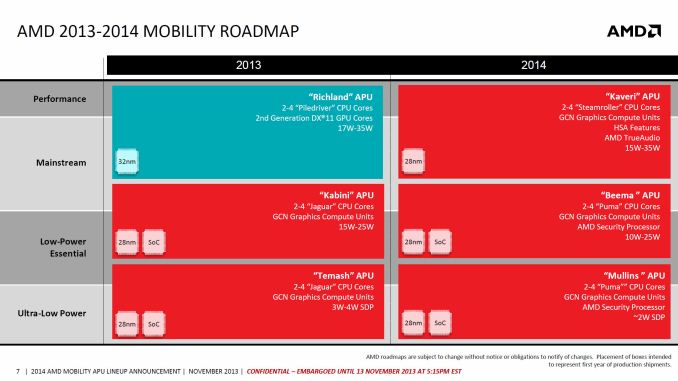<
Deal Todayp>

CHICAGO-Mayor Rahm Emanuel and public school officials faced a predicament two years ago. They wanted to fix the fact that Chicago had one of the shortest school days in the nation. But they didn't have the money to pay the city's 20,000 teachers to work more.
To make their plan economically viable-and to end a weeklong teachers strike that resulted partly from their proposal for longer teacher hours without a proportionate pay increase-they agreed with the union to rearrange the workday.
Before the change, teachers were typically required to arrive at least a half hour before their students each morning. They often used that time for staff or parent meetings and collaborating with colleagues. Now, more than a year after the strike, teachers are only contractually bound to arrive and leave at the same time as students. Dozens of educators in the city say that the revised schedule has made two hallmarks of any successful school-teacher collaboration and training-more difficult.
The Hechinger Report informally surveyed 70 Chicago teachers from around the city, all enrolled in a class preparing for the prestigious National Board Certification, which recognizes distinguished teaching. When asked if they receive less training than they did before the longer school day began, more than two-thirds raised their hands. More than half responded that it's harder now to talk in person with their colleagues, particularly those outside their grade and subject area.
"If our goal is to improve student learning and improve Chicago Public Schools, we need time for teachers to talk and share ideas," said one of those polled, Paige Nilson, a second-grade teacher at Alexander Hamilton Elementary, calling it "disrespectful" to assume teachers can do their jobs if they arrive when students do.
"I don't know how anyone is able to do everything they need to do within the school hours," she said. "It's not possible."
The scenario Nilson described at her school is a common one since 2012, when Chicago lengthened its instructional day by an hour and 15 minutes for elementary schools and a half hour for high schools. She's able to meet with the other second-grade teacher during the period they get each day for lesson-planning. But her colleagues in first and third grades are off at different times, and she said meeting with them regularly is essential to ensure continuity of instruction.
The changes come as the school system has adopted a new budget formula that gives principals an incentive to hire inexperienced teachers because their salaries are lower than veteran teachers. Research shows that new teachers in particular need ample training and support to be effective.
What's more, as the city is rolling out new teacher evaluations and the national Common Core education standards, officials are relying on each school to send representatives to trainings and bring the information back to their colleagues-only they have no time to meet, other than the 10 days per year required for training under the Chicago Teachers Union contract. At 41 percent of elementary schools, teachers have voted to replace up to three of those days with periodic staff meetings before school throughout the year.
"It makes no sense to think you can run a business without giving workers a chance to talk to each other," said Leslie Travis, who retired last spring after many years as a librarian at Ray Elementary.
"When Sandy Hook happened, you couldn't even call your faculty together to grieve about it, to say, 'This is what we're going to put in place,' to remind everyone to be vigilant, because there is no common meeting time, none," added Sandra Carlson, principal of William P. Gray Elementary, referring to the 2012 Connecticut school shooting. She is a proponent of more learning time for students, but wishes she had more flexibility over the schedule. "Issues arise," she said, "and you know what? You can't have discussion in an email.

Chicago school system officials note that teachers have slightly more preparation time in the longer day, 64 minutes per day versus 62 minutes before. A system spokesman said teachers "have the same opportunity for collaboration during that preparation time," a contention that many teachers dispute since colleagues aren't necessarily off simultaneously.
System officials also point out that the teachers union agreed to the new schedule. That agreement came reluctantly after a strike that shut Chicago's schools for seven days in September 2012.
Jesse Sharkey, vice president of the Chicago Teachers Union, said coming up with a way to give teachers adequate planning and training time while lengthening the day and year "was at the crux of the strike." (Students went from 170 days per year in school to the conventional American 180, and teachers went from 180 to 190.)
At the bargaining table, according to Sharkey, "They said, 'We're going to have a longer day.' We said, 'We can't afford a longer day.' ... That we had to have a longer day trumped all practical concerns about whether it was feasible." The union's position was, "you need 20 percent more resources. You're increasing the school day by 20 percent." He said the school system took the stance that, "We'll just get 20 percent more out of you."
In the end, teachers got a raise that will average 17.6 percent over four years. The union signed off on a longer day with a staggered lunch and planning period for teachers, which meant they were no longer guaranteed to be off at the same time as colleagues. They would be in their school buildings for more hours, although technically they would not be instructing more. The system hired hundreds of new teachers, mainly in art, music and physical education, to make the scheduling and longer day possible. But this year, an even greater number of teachers lost their jobs.
"They made a one-year promise to staff the schools to be equipped for the longer day, and promptly the next year there was a fiscal crisis, and they did mass layoffs," Sharkey said.
System officials said they did the best they could to protect classrooms amid a $1 billion deficit stemming largely from a citywide pension crisis. Schools saw $68 million in cuts this year, as the system drained its budget reserves to cover most of the deficit and slashed central office expenses by more than $100 million.
This week, officials announced that they will use $21.5 million in surplus tax increment financing funds to hire an additional 84 art teachers and 84 physical education teachers, some of the positions recently cut. The move comes as the city's board of education is scheduled to vote today on a plan to mandate daily physical education for all students, a state requirement with which Chicago has been out of compliance. But the new funding will not cover the teachers' salaries completely, and educators and advocates remain worried about schools needing to make up the difference.
School districts around the country face similar challenges to Chicago: Is it better to have students in school for more time or teachers spending more time collaborating and training? Ideally it wouldn't be a tradeoff, but time and money are always limited, and so it always is.
Shael Polakow-Suransky, chief academic officer of New York City schools, spoke about the ongoing problem at a Ford Foundation conference last fall on extended learning time. (The Ford Foundation is one of the funders of The Hechinger Report.)
New York City schools are "dramatically underfunded" by the state, Polakow-Suransky said. But if student achievement is to improve, more time in school must be connected to reforms to improve instruction. According to Polakow-Suransky, policymakers who haven't been teachers often don't understand the balance required.
"You don't get this done just by extending the time for the kids," he said. "The teachers need time to plan.... If you have bad instruction happening in the first six hours of the day, you're not going to get great instruction in the next few hours. It needs to be connected to a broader set of interventions and reforms."
Chicago officials say they are working to improve instruction, too: The city's new teacher evaluations require administrators to conduct multiple classroom observations to give specific instructional feedback, with extensive teacher preparation required before and after the reviews. Schools also are preparing for more stringent state exams based on the Common Core standards.
Many educators say all the new mandates have left them overworked and overwhelmed, and several teachers said they have stopped signing up to supervise after-school activities, even if they would be paid extra.
Related Story
 'It Feels Like Education Malpractice'
'It Feels Like Education Malpractice' "It just became too much," said Sarah Chambers, a union activist and special-education teacher at Maria Saucedo Scholastic Academy, who used to tutor before and after school. The longer school day has led to "a lot of teacher breakdowns, teachers crying, teachers saying they never felt so stressed in the job and they were going to leave the profession," Chambers said. She said two teachers at her school retired last month because of job-related stress.
Lesley Pinto, the English department chair at Theodore Roosevelt High School, helped win a fight to restore teacher stipends for staying after school to tutor students, but the math department has still struggled to find enough willing teachers. Meanwhile, all her commitments are making it hard to maintain a student gardening club she leads.
The National Center on Time and Learning cites three strategies to increase learning time without teacher burnout: forming community partnerships, particularly to run after-school programs; putting teachers on a staggered schedule; and using online instruction and other technology to lighten teachers' loads. The organization advocates giving teachers more collaboration time in a longer day, in addition to providing students with individual academic support and exposing them to the arts and other enrichment activities.
At Patrick Henry Elementary, a school Chicago officials point to as an extended day success story, Principal Januario Gutierrez offers after-school enrichment activities in 10-week cycles, so that the staff leading them can rotate: 10 weeks of soccer, 10 weeks of homework club, 10 weeks of board games. Before the holidays, the school security guard led a 10-week fitness club where kids did drills running up and down the stairs.
Given all he is asking his staff to do, Gutierrez feels that asking for a 10-week commitment after school is more realistic than asking for the whole year. "For teachers that have a full work schedule," he said, "to do more than 10 weeks at a time can lead to burnout."
***
With the extension of Chicago's school day and the promise of more time for the arts and other enrichment, Ruth Augspurger should have had her pick of job options. At 31, Augspurger has nearly a decade of experience teaching art in the city, where she stayed after graduating from college because she wanted to work with urban youth. She has a bachelor's degree from the School of the Art Institute of Chicago, a master's in curriculum and instruction, and she's in the process of receiving National Board Certification, awarded to the most highly skilled teachers in the field.
When the extended day began last year, Augspurger was happily running an art program for kindergarten through third graders at Rachel Carson Elementary, a high-poverty school on the southwest side. Although art was not available to older students during the academic day, she ran before- and after-school programs in knitting and painting and coordinated grants for artists to come work with them.
"It was great. I loved it," said Augspurger, the mother of a 3-year-old and a 1-year-old and the primary breadwinner for her family. With hour-long class periods, she said, "I got so much done with the kids," while their other teachers were free to plan and collaborate with one another. Augspurger also worked with them to incorporate the arts into the general curriculum.
Then, when staffing cuts were instituted this school year for both tenured and non-tenured teachers, she was laid off. As a tenured teacher, she's supposed to have priority for openings elsewhere in the system, but she said she's been unable to find another job because of a new budget formula that puts experienced and highly educated teachers at a disadvantage in the hiring process.

Principals used to receive funding to hire a certain number of teachers based on the size of their schools, and the teachers' salaries were covered regardless of where they fell on the scale. Now, principals receive a lump sum for each student enrolled, and they can do with the money what they please. So a principal who hires an inexperienced teacher at the bottom of the salary scale has more money to spend on other things, although a school is eligible for a funding boost if the entire staff is more experienced than average.
"I'm expensive, and so I can't get another job," Augspurger said. "It's been very difficult. There have been places where I've interviewed, and they chose to hire someone right out of school."
Technically, tenured teachers are supposed to get first consideration for openings, but principals can deem them unqualified and turn to rookies. Augspurger said she arrived at one interview to learn the school changed its advertised position from art to music; she then received a rejection letter saying she was not a qualified music teacher.
The first semester, she filled in for an art teacher on maternity leave, and now she is a substitute. "I'm an example of policies that backfired and didn't work out the way they were intended," she said. It remains to be seen whether she will be offered one of the 84 art teacher positions created this week.
At schools serving the city's more affluent families, parents have been fundraising to keep subjects like art and music in place. Some schools have instituted fees where every family is asked to make a contribution to keep programs running.
At Drummond Montessori, an admissions-based magnet school, parents raised more than $100,000 to allow students to continue having art and music at the same time as others their age. That gave teachers of the same grades the ability to have their planning periods simultaneously. But to connect across subjects and grade levels, teachers say they have been meeting on their own time. They consider collaboration a hallmark of their school's historically high achievement.
"You need to constantly be reflecting and sharing ideas," said Kelly Walsh, who teaches a fourth- through sixth-grade class.
Four miles north, at John B. Murphy Elementary, an arts-themed school where 83 percent of students receive free or reduced-price lunch, teachers and administrators are taking on another role: grant writers. Without significant donations from parents to offset budget cuts, they seek funding wherever they can-for teacher training as well as student opportunities.
"We are a low-income school, and we are fighting hard to get resources," said Roberta Salas, the mother of two students there. Across Chicago, she added, "We have many terrific schools that could do even more marvelous things with proper funding."
This story was produced by
The Hechinger Report, a nonprofit, nonpartisan education-news outlet affiliated with Teachers College, Columbia University.


 For the first time in nine years, beer and wine will be served at the Big 12 tourney. (USATSI)
For the first time in nine years, beer and wine will be served at the Big 12 tourney. (USATSI) 










